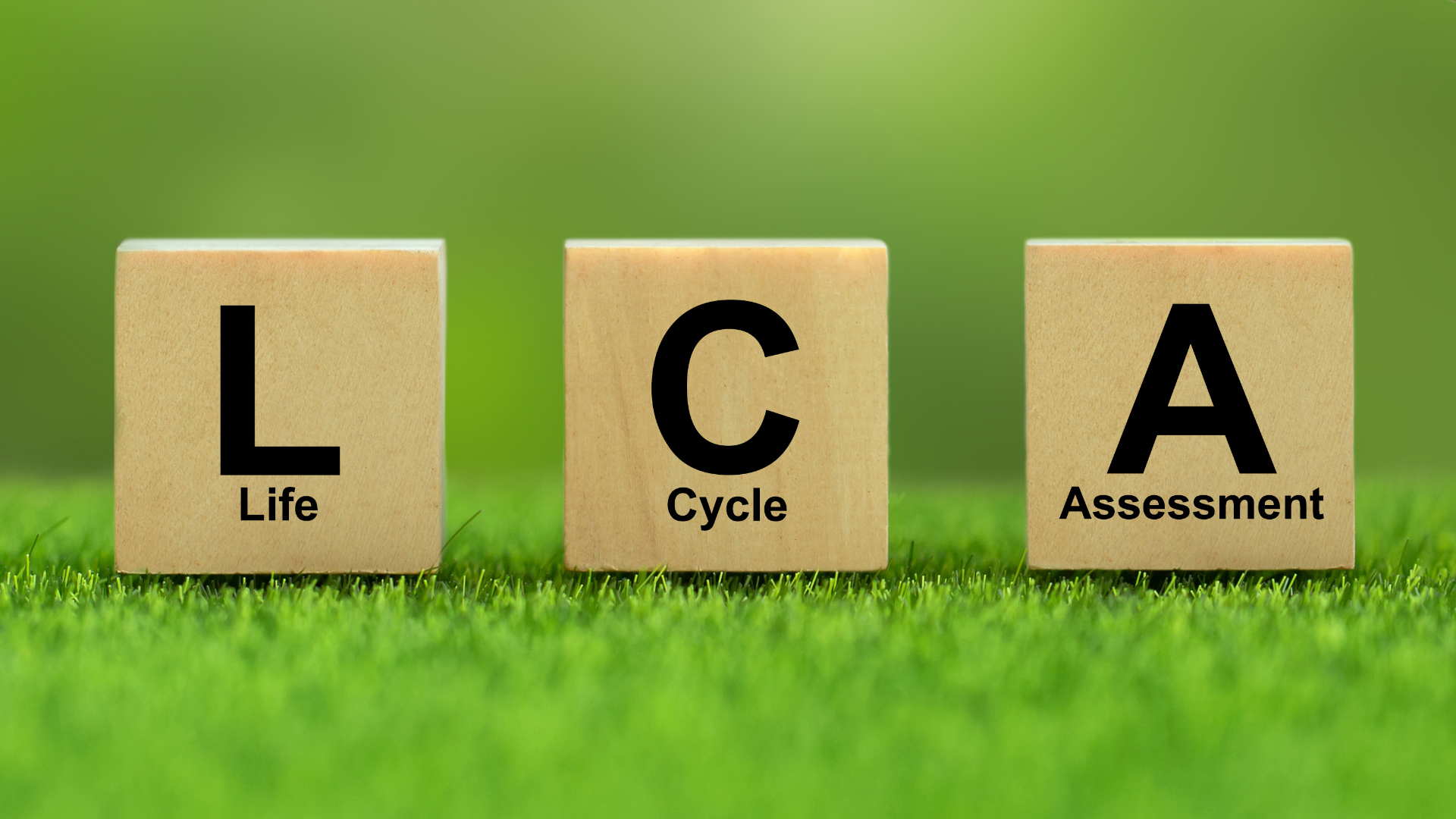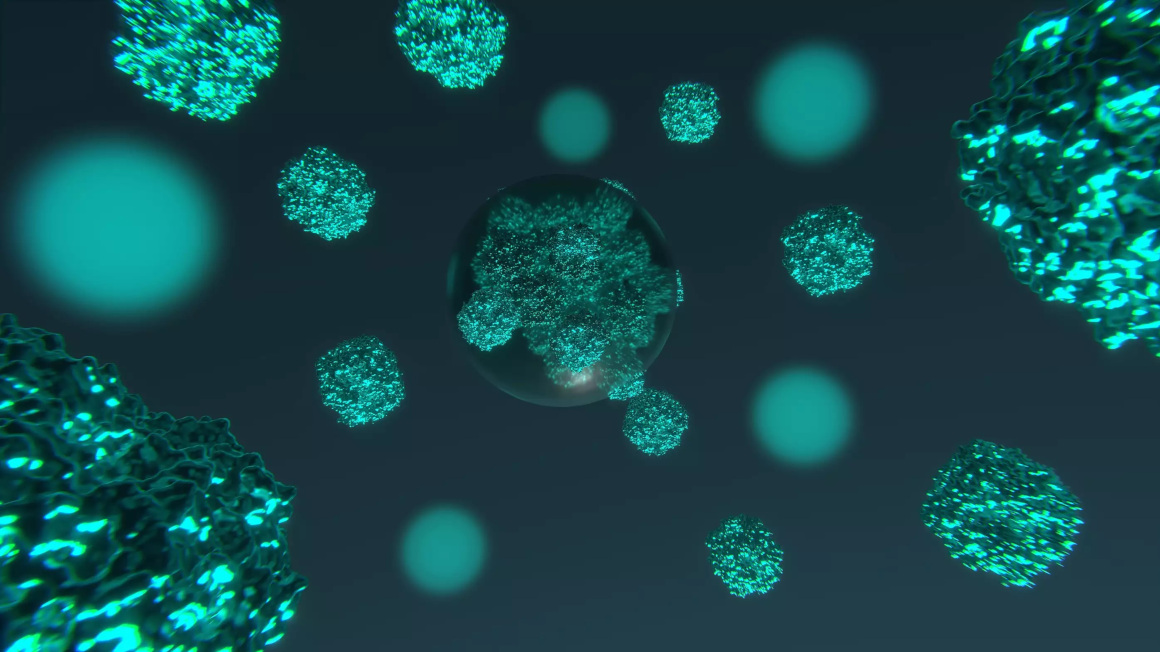The authors present concrete scope for action and show what sustainable economic activity in Germany and Europe could look like in the future.
They name five important levers for a nature-compatible and sustainable bioeconomy:
1. Determine maximum biomass quantity based on the load limit of the earth
2. Advance farming systems that promote biodiversity
3. Restore nature in ecosystems (as natural CO2 sinks and biodiversity-rich habitats).
4. Change conventional eating and consumption habits and significantly reduce feed consumptio
5. Efficient use of raw materials that have already been extracted (e.g. multiple use, e.g. of by-products and
waste products (cascades) and recycling)
In addition, a holistic concept of a "BioWEconomy" is being designed - a cross-disciplinary exchange to understand systemic interrelationships and to develop and implement joint approaches to solutions. As a basic prerequisite, a binding legal framework would first have to be created in Germany to unite all regulations under the umbrella of a bioeconomy law. National sustainability measures, for example in construction, biodiversity, or forestry and agriculture, could thus be managed in an integrated manner.


